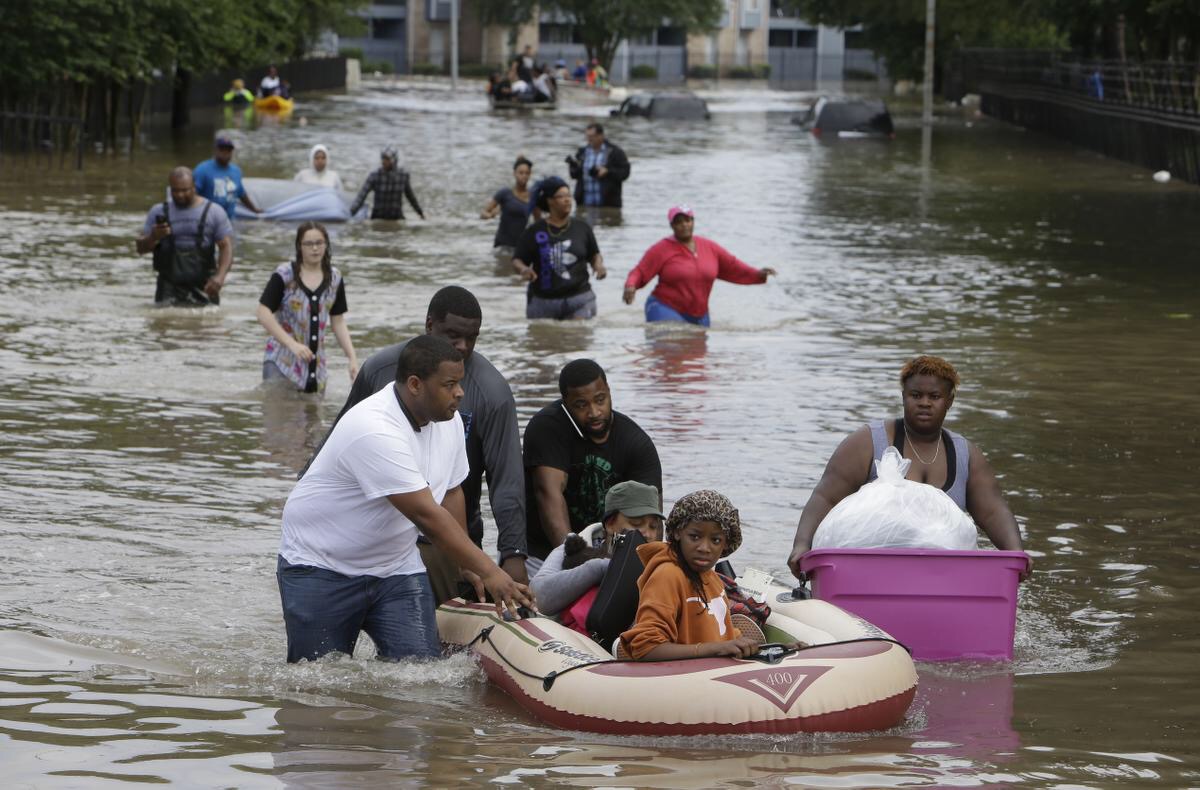 The most important phase of a disaster is the preparation stage. Once a disaster has occurred, however, there are some naturally-occurring stages. Understanding these stages can make the difference between being helpful or hurtful.
The most important phase of a disaster is the preparation stage. Once a disaster has occurred, however, there are some naturally-occurring stages. Understanding these stages can make the difference between being helpful or hurtful.
1. Search and Rescue (72 hours or more)
The first 72 hours after a disaster hits is often called Search and Rescue. When a hurricane is in the Gulf, we tell people to be ready to shelter in place for 72 hours. Prepare enough food, water batteries, etc. for 3 days at the least. You could be on your own, if emergency services are unable to get to you, or are responding to other calls. During this time emergency services does the lion’s share of the work.
Showing up and trying to be helpful can be counterproductive. You could get in the way, or even get into trouble yourself, making one more person for emergency services to have to rescue.
Congregations and families can offer shelter, and respond to local requests, but best thing you can do at this stage is assess the needs. We want to be helpful, but we usually have to wait. Take care of your family. Walk your neighborhood. Call around and see how your friends and family are doing. There will be time later, during the Short-Term Recovery Stage, and Long-Term Recovery, to be helpful.
- Shelter in place. Take care of your immediate family.
- Afterwards, check on your immediate neighbors, family and friends. Walk your neighborhood.
- Assess who needs help and what they need: shelter, food, water, health.
- Determine if local resources are sufficient or if outside help is needed.
- Appoint a response team.
- Prioritize needs.
- If you live at a distance, read posts and learn first, don't immediately ship things or head for the disaster site. Make a donation to a trusted disaster response organization, like Lutheran Disaster Response.
2. Short-Term Recovery (3 months, more or less)
As the emergency is brought under control, the affected population is capable of undertaking a growing number of activities aimed at restoring their lives and the infrastructure that supports them.
- Work through the needs list on a priority basis. Do people have food, water, shelter and medical care?
- Stay in touch with VOAD and other emergency resources like HIDRA, LDR, etc.
- Clear debris.
- Basic clean-up of homes. People begin leaving temporary shelter and returning home.
- Restoration of infrastructure: vital life-support to minimum operating standards (power, sewage, communications)
- Secure emotional and spiritual care. Disasters are traumatic.
- Manage finances and donations.
- Help people apply for assistance.
- Organization of a long-term recovery group.
Mike Stadie, Director of Lutheran Disaster Response, estimates timing by the rule of ten. If the flood waters lasted seven days, short-term recovery (clean up) may take seventy days. Long-term recovery may take 700 days, or two years. This is where organizations like ELCA Disaster Response do important work, because they stay for the long haul of recover.
3. Long-Term Recovery (a year or more, depending on the severity of the disaster)
This is the stage where the media moves on and the public loses interest. The shock and awe have worn off, and the world has move on. Affected people are having to rebuild homes and lives. This will take years. This part is not sexy. Lutheran Disaster Response and other such organizations do their best work here, out of the public eye, helping people rebuild their lives, staying in for the long haul is important.
- Implementation of case management.
- Economic stability.
- Continue emotional and spiritual care. Recovery of mental and spiritual health.
- Community building.
- Disaster memorialization.
This post is cross-posted from Bishop Michael Rinehart's excellent blog.
No comments:
Post a Comment